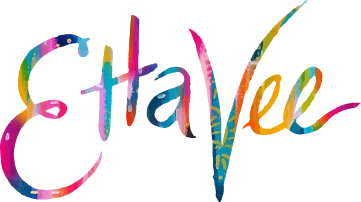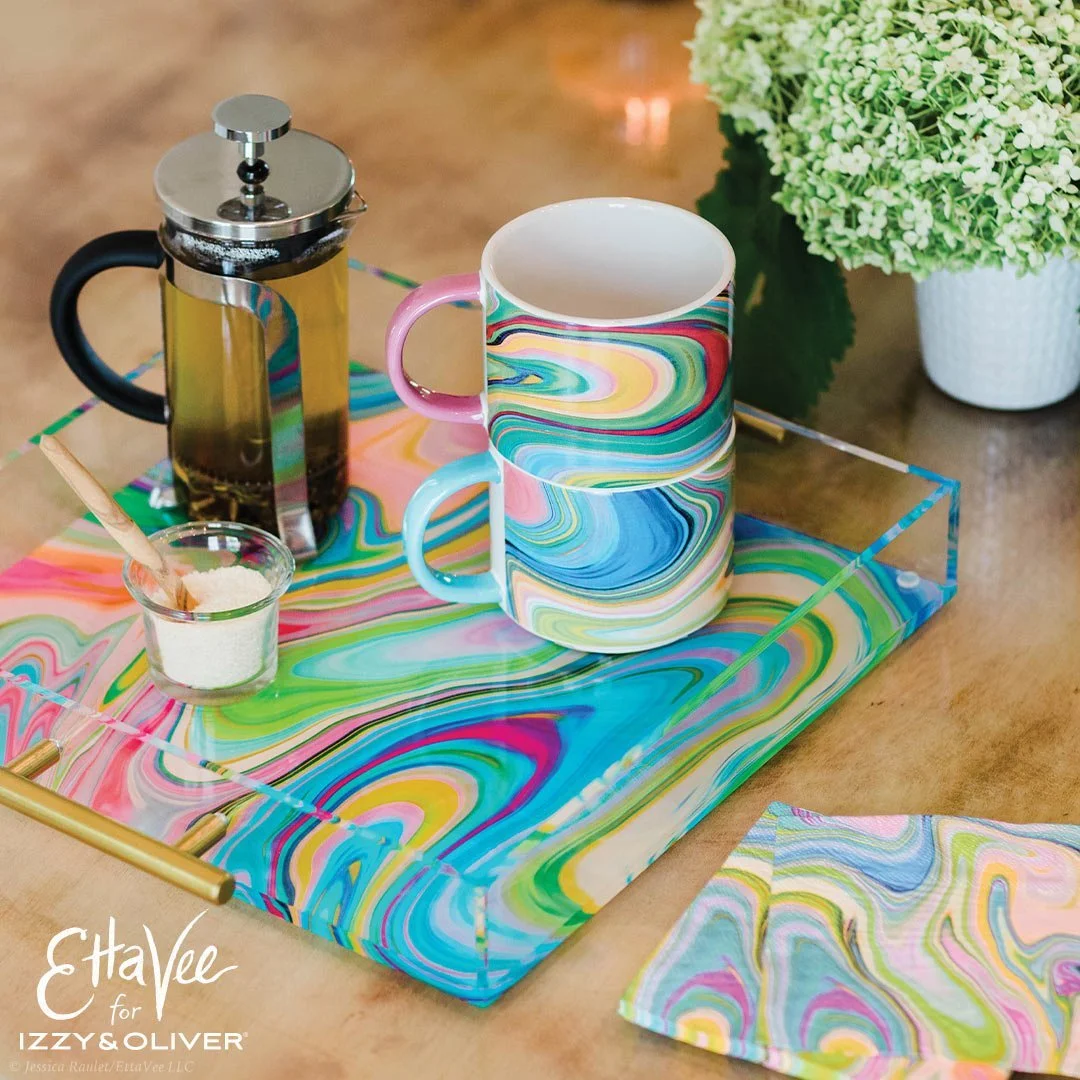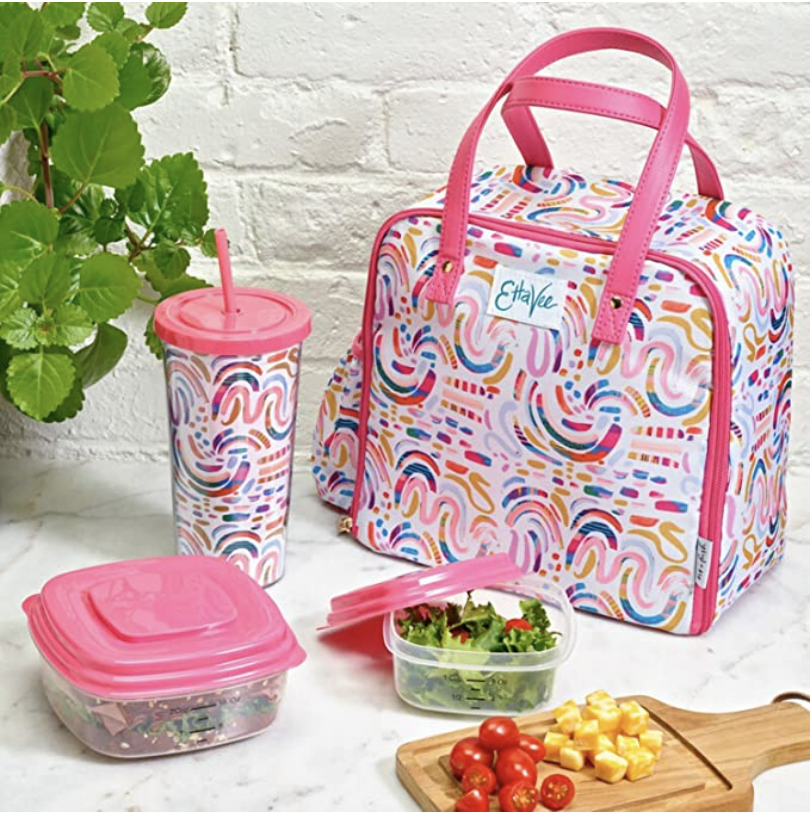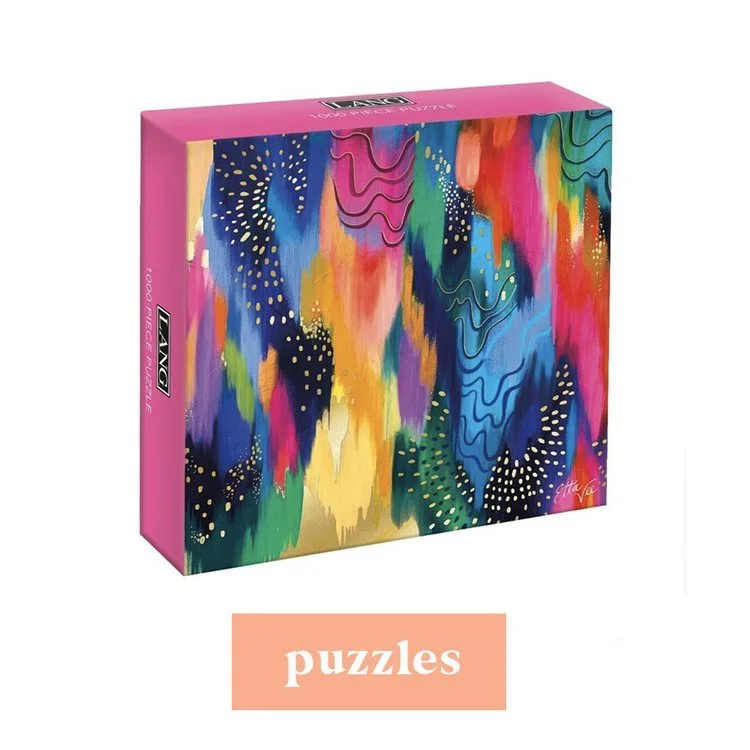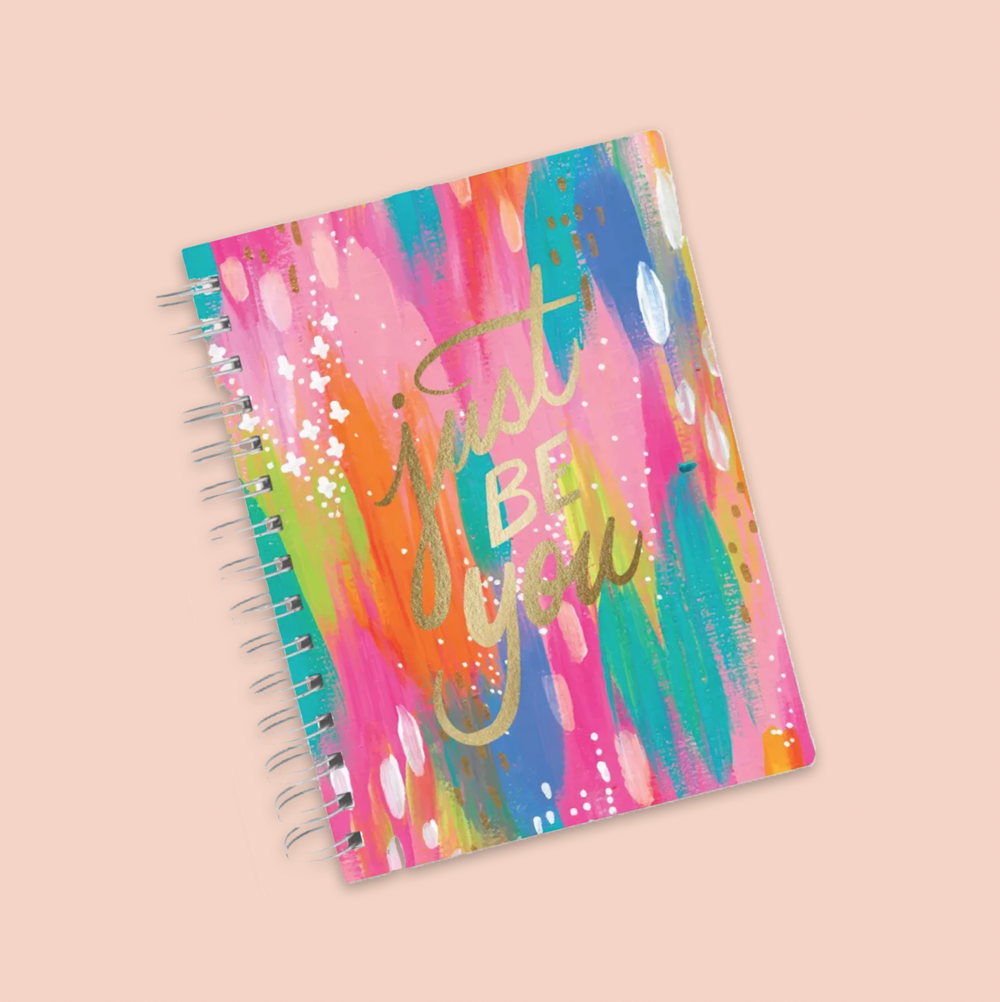How to Get Into Surface Design & Art Licensing as a Fine Artist
Want to build a thriving and lucrative career as an artist? Tired of spending all your time promoting new collections only to make a few sales here and there? You might just LOVE the model of art licensing! In this post, you’ll learn what art licensing and surface design is, why it’s such a successful model for artists who want to grow, and what you need to do to break into the industry.
What is art licensing and surface design?
Let me break it down for you. Art licensing is when companies that sell products “rent” an artists work to showcase on that product. The company manufactures and sells the product, but the artist gets a percentage of each sale since their artwork is featured. You can create artwork once and sell it on products for years to come. That’s one of the main perks of art licensing. It’s not exactly passive, but it does provide you a way to earn more income from a single piece than if you just sold the original.
“Surface Design” refers to the industry of putting art on products (or surfaces). When you go into a store like Target you’ll start to see just how many art-covered products there are. From planners and wallpaper to throw pillows and apparel, there are countless ways that your artwork can turn into products.
I am a fine artist first and foremost, but over the past few years I’ve expanded my offerings from exclusively commissions and gallery work, to a vibrant collection of products with brands like Target, Pottery Barn Kids, Erin Condren, and so many more. At the time of writing, my artwork has been sold on over 15 million products worldwide!
Here are my top tips for artists looking to expand into this exciting industry.
Learn to photograph and digitize your work
The first essential skill to learn is to digitize your work. In order to create replicas of your designs on products, companies are going to need a digital version!
Depending on how large you work, you can either photograph your work or scan it. I photograph my pieces using a DSLR camera so that they’re extremely high quality. From there, I take my digitized versions of my artwork into Photoshop and make any adjustments needed so that they look as true-to-life as possible.
You can follow the same process with scanning your work. Whichever digitization method you choose, the key is to make sure that you get a high-quality digital version so that it can be scaled up for larger products without losing resolution.
Consider how your art can apply to products
If you want to break into art licensing, it’s important to also think about how your fine artwork can translate to the more commercial world of products. Marketability is key. It’s also important to think through what kinds of products your work would be a good fit for.
For example, if you exclusively create detailed portrait work, your work probably won’t fit well on kids apparel or wallpaper. But it could be a good fit for art prints!
In my case, I paint colorful abstract work which is incredibly versatile in the art licensing world. It works well on kids products, but is also works for stationery, wallpaper, and even products like Band-Aids!
Consider which brands you’d like to collaborate with. Study the products that they currently offer and ask yourself, “Does my style fit in with what they currently offer? What might I need to change in order to fit with their style?”
Use this to help you inform what kinds of artwork you want to pitch and what product categories to target.
Learn to make repeating patterns
If you want to be a surface designer, you have to learn to make repeating patterns. A repeating pattern is simply a pattern that can be stacked on itself and scaled infinitely without any seams or interruptions. These types of patterns are required for products like fabric, wallpaper, and textiles.
There are countless classes that you can take to learn how to make repeating patterns on Skillshare.
Add some simple hand-lettering to your portfolio
Hand-lettering is extremely popular in surface design, and my art licensing career took off once I started adding more hand-lettered pieces to my portfolio. If you want to stand out to brands, try adding some fun and positive lettering to your portfolio!
Showcase your portfolio on product mockups
A product mockup is a file (typically in Photoshop) with an image of a product where you can drag and drop your art in to see how it will look on a certain product. This is a fantastic way to visualize your work on products before ever having any physical inventory!
It’s also a great way to showcase your work to potential collaborators. It’s one thing to see a beautiful piece of art, but when you see how it would look on wallpaper in a kitchen, it takes it to a whole new level and gets you that much closer to hearing a enthusiastic “YES!” when you pitch your work to companies.
These pajama sets are actually mockup files! I am *manifesting* a pajama collaboration with one of my patterns and I keep posting photos like this on Instagram so that potential collaborators can understand my vision and get excited about making it happen on their products!
Make a list of your dream companies and start reaching out!
Once you’ve set yourself up for success with these foundations, it will be time to start putting yourself out there! When you’re first staring out, you’ll likely be representing yourself meaning that it’s up to you to pitch your work to companies.
Start by making a list of the companies that you dream of working with. Then look for contact informatioon for their art director or creative team. From there, send them a short and sweet pitch email.
Companies also can come to you! Don’t be shy about sharing your work on social media or print on demand sites like Society6. As an ex-art director, I can tell you that this is where a lot of artists get discovered!
I hope that this post will help you kickstart your art licensing journey! Good luck out there! I hope to see your products on sheves some day soon!
xo, Jessi
Pin this post for later! 📌
Hover or tap on this image and click the “Save” button on the top left!
